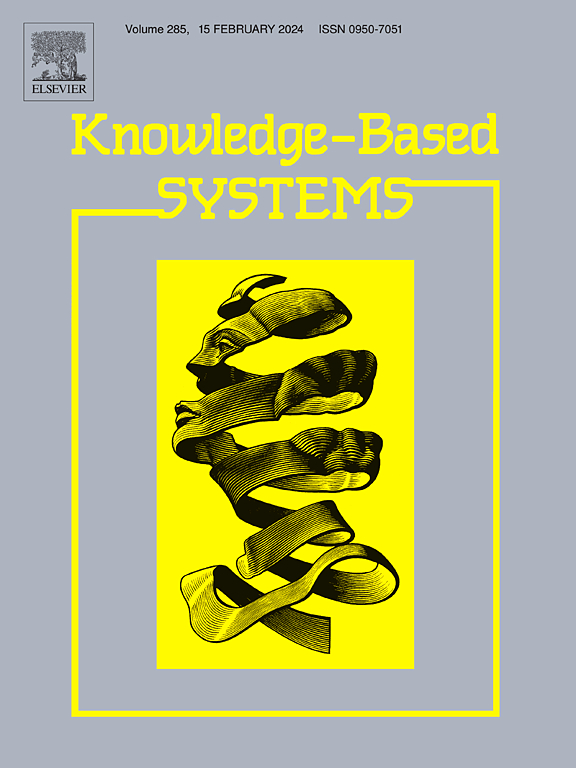利用夜间照明数据,基于深度学习提取建筑密集区的新型自动标注算法
IF 7.2
1区 计算机科学
Q1 COMPUTER SCIENCE, ARTIFICIAL INTELLIGENCE
引用次数: 0
摘要
在建筑密集区提取(BUAE)方面,遥感图像和尖端深度学习技术的使用可以产生令人印象深刻的结果。然而,如何在确保高精度的同时减少人工标注集的制作过程是目前的主要研究课题。本研究开创性地利用夜间照明数据(NLD)自动生成深度学习标签集,评估直接使用不同强度范围的照明数据的可行性,并找出其局限性。我们提供了一种通过优化技术生成细粒度标签的新方法,无需人工参与。这种方法采用了深度学习分割算法,并在七个国家的八个城市进行了测试。结果表明,在大多数城市中,细分效果都很好,结合等值聚类和 NLD 可以更精确地提取城市建筑区。大多数城市的总体准确率超过 90%。基于人工和历史数据(∼0.7)作为标签的结果明显低于基于 NLD 的结果。同时,与传统的机器学习分类算法相比,深度学习的分割效果具有更显著的优势(∼0.8)。DeeplabV3 和 U-Net 在分割和提取方面表现出不同的优势:DeeplabV3 消除错误的能力更强,而 U-Net 则保留了处理较少标记信息的能力,根据任务的具体要求,两者互为优势。它提出了一种自动提取建筑密集区的策略,只需极少的人工参与。本文章由计算机程序翻译,如有差异,请以英文原文为准。
A novel automated labelling algorithm for deep learning-based built-up areas extraction using nighttime lighting data
The use of remote sensing imagery and cutting-edge deep learning techniques can produce impressive results when it comes to built-up areas extraction (BUAE). However, reducing the manual labelling set production process while ensuring high accuracy is currently the main research topic. This study pioneers the exploitation of nighttime lighting data (NLD) for automatically generating deep learning label sets, assessing the feasibility, and identifying limitations of using varied intensity ranges of lighting data directly for this purpose. We provide a novel method for generating fine-grained labels through an optimisation technique that eliminates the necessity for human involvement. This approach employs deep learning segmentation algorithms and has been tested in eight cities across seven countries. The results indicate that segmentation performs well in most cities, with the combination of iso clustering and NLD allowing for more precise extraction of urban building districts. The overall accuracy exceeds 90% in most cities. The results based on manual and historical data (∼0.7) as labels are significantly lower than those based on NLD. At the same time, the segmentation effect of deep learning has a more significant advantage over traditional machine learning classification algorithms (∼0.8). DeeplabV3 and U-Net exhibit different strengths in segmentation and extraction: DeeplabV3 has a stronger ability to eliminate errors, while U-Net retains the capability to handle less labelled information, making them mutually advantageous depending on the specific requirements of the task. It proposes a strategy to automatically extract built-up areas with minimal human involvement.
求助全文
通过发布文献求助,成功后即可免费获取论文全文。
去求助
来源期刊

Knowledge-Based Systems
工程技术-计算机:人工智能
CiteScore
14.80
自引率
12.50%
发文量
1245
审稿时长
7.8 months
期刊介绍:
Knowledge-Based Systems, an international and interdisciplinary journal in artificial intelligence, publishes original, innovative, and creative research results in the field. It focuses on knowledge-based and other artificial intelligence techniques-based systems. The journal aims to support human prediction and decision-making through data science and computation techniques, provide a balanced coverage of theory and practical study, and encourage the development and implementation of knowledge-based intelligence models, methods, systems, and software tools. Applications in business, government, education, engineering, and healthcare are emphasized.
 求助内容:
求助内容: 应助结果提醒方式:
应助结果提醒方式:


